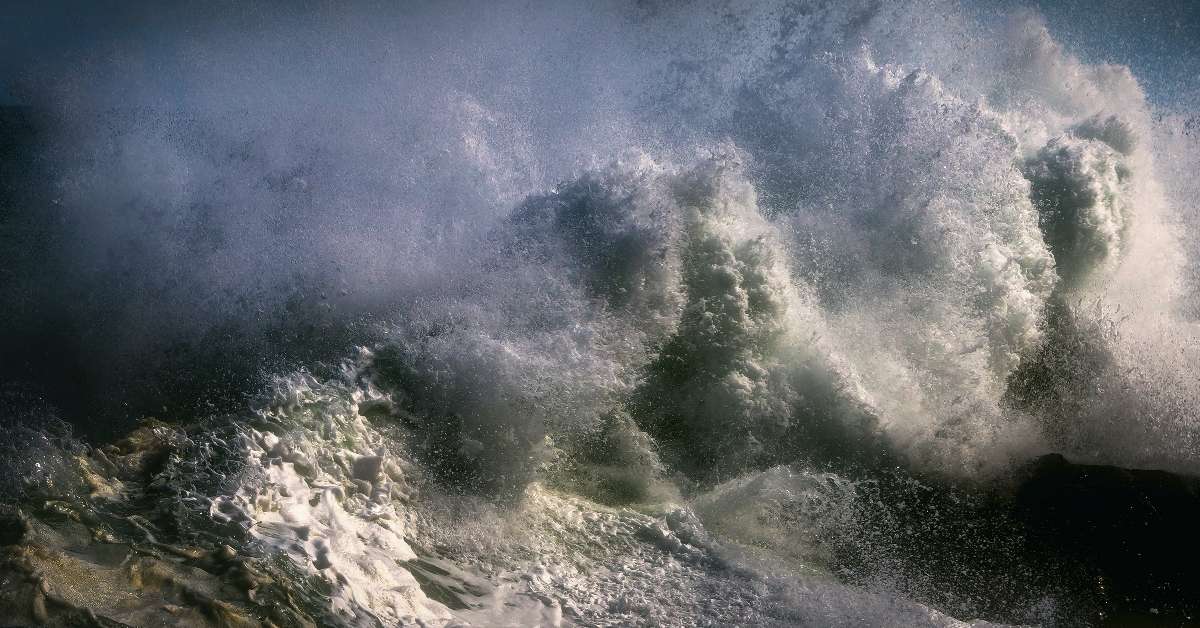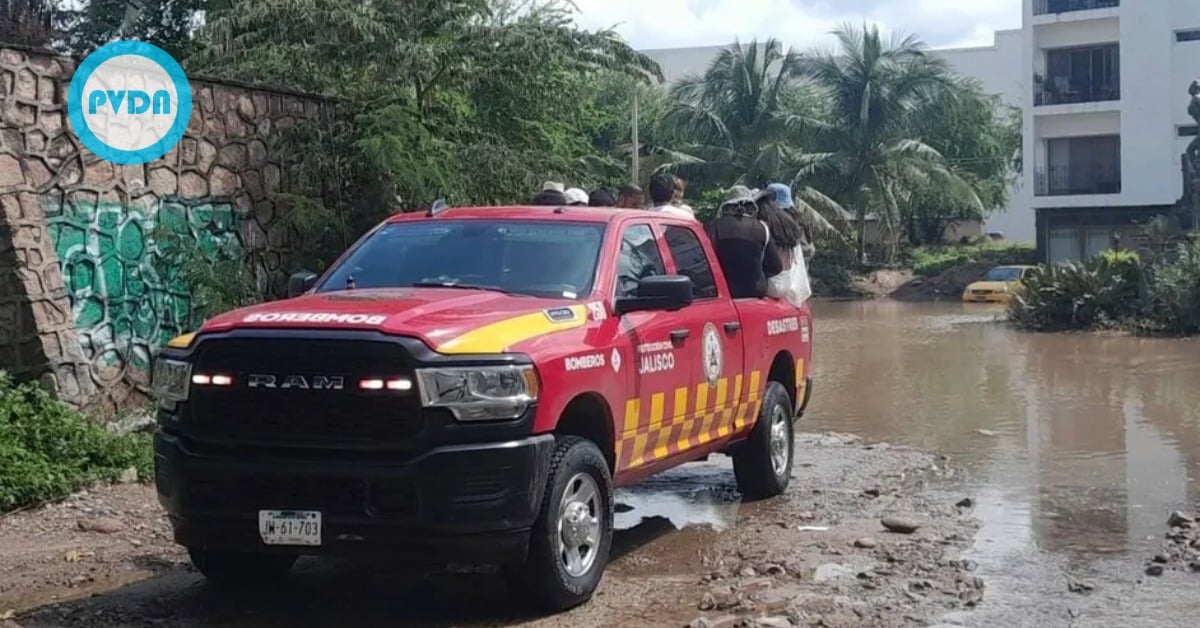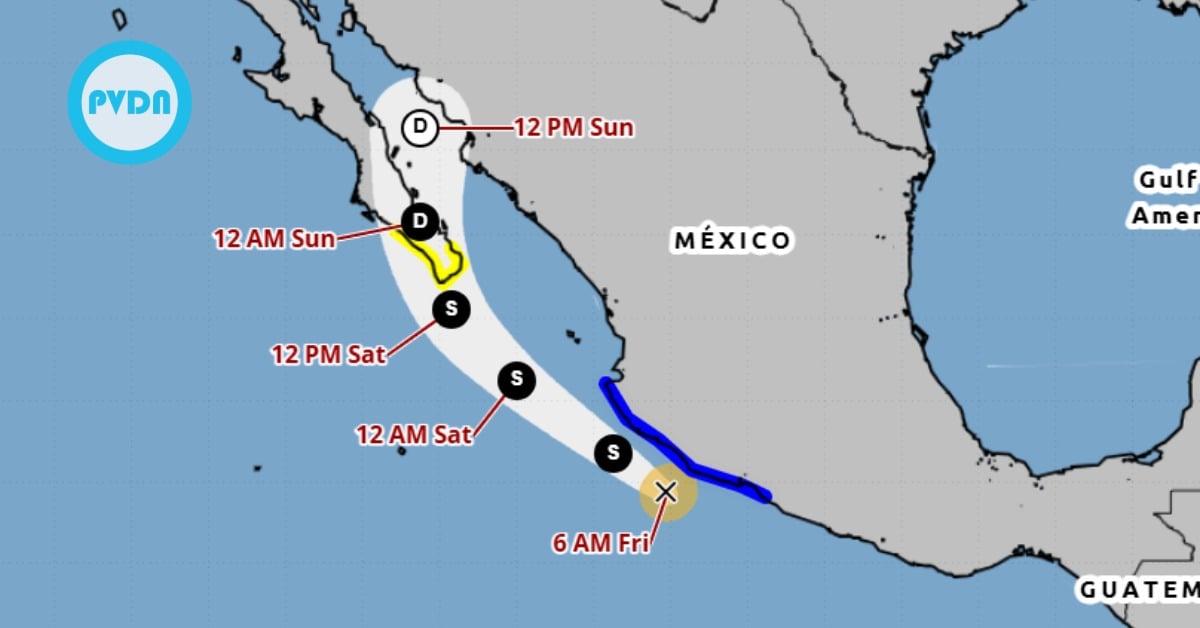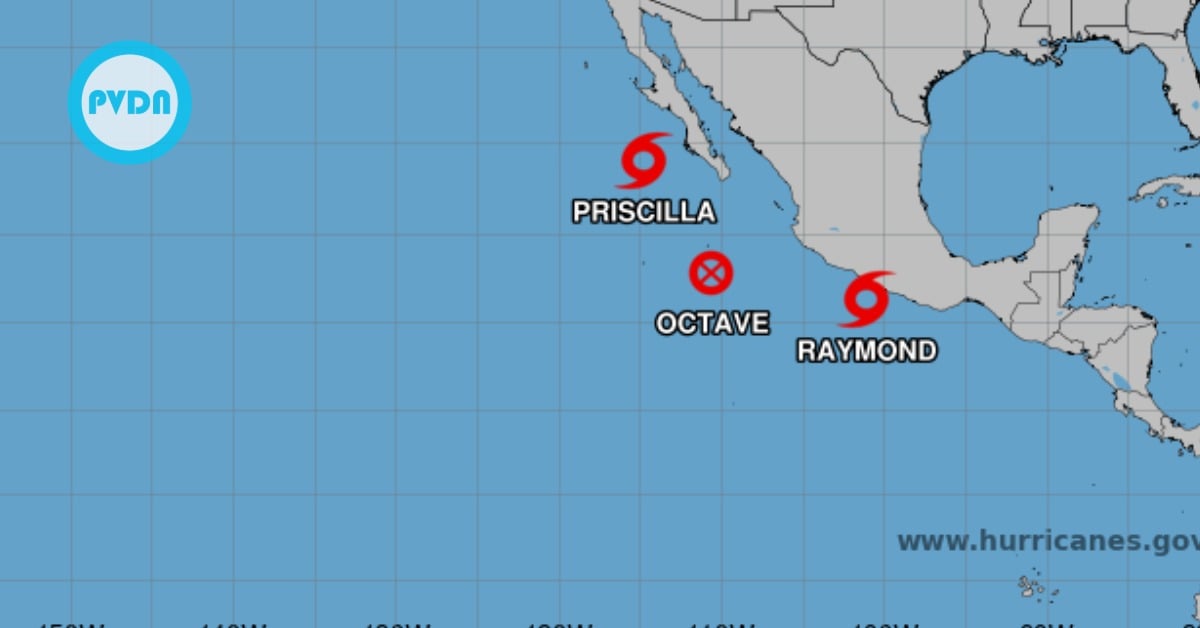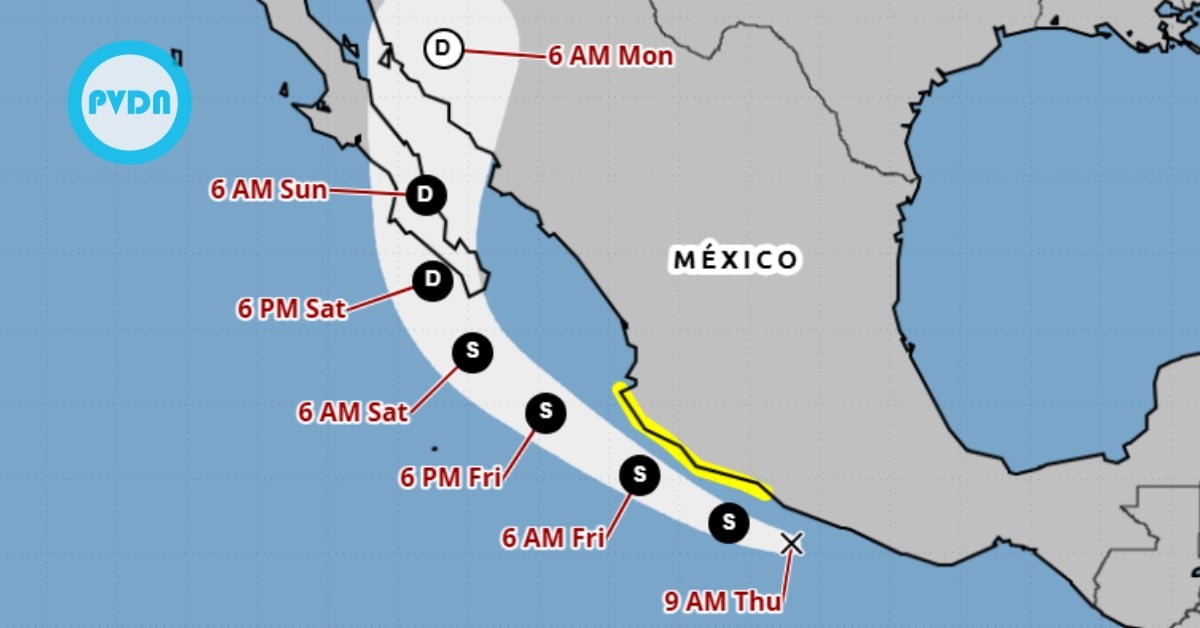In the coming decades, the Riviera Nayarit-Jalisco will face conditions of higher temperatures and different variability in its rainfall; in addition to changes in the frequency and intensity of hazards such as hurricanes, floods (by storm surge or rivers), droughts, landslides, heat waves, forest fires, sea level rise, coastal erosion, and wave refraction . . .
